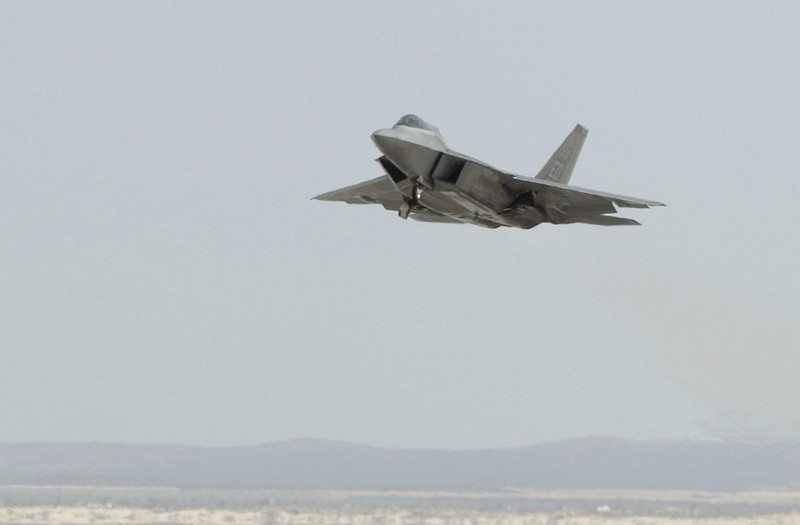The F-22A and legacy modernization programs GAO reviewed were rooted in different development strategies. The F-22A began as a single-step program and did not anticipate the need for future modernization, while the legacy programs each began with the expectation that their aircraft would be incrementally upgraded over time.
F-22A modernization began in reaction to a major shift in the aircraft’s basic mission, which required the development of new capabilities that had not been planned for as part of the initial development program. In contrast, the legacy modernization programs made planned incremental improvements to existing mission capabilities.
All of the modernization programs began at about the same time in development and procurement.
The F-22A program is developing and retrofitting new capabilities onto a complex stealth aircraft, which is costly—currently estimated at $9.7 billion total. Legacy modernization programs were less complex, and thus less costly, and incorporated mature technologies onto new production aircraft. Accurately identifying and comparing the total cost of each modernization program is difficult.
Each of the programs, including the F-22A, initially managed and funded modernization as a continuation of its baseline program, so modernization costs and funding were not clearly identified in selected acquisition reports or budget documents.
Why GAO Did This Study
The Air Force expects to invest a total of $9.7 billion in F-22A modernization through 2023. The Air Force and Navy have modernized many of their fighter and attack aircraft over the past several decades. Given this historical experience and concerns about the mounting cost of F-22A modernization, GAO was asked to examine the history of the modernization programs of the F-15, F-16, and F/A-18, and compare those legacy programs with the F-22A modernization program.
To identify differences and similarities between the F-22A modernization program and those of the selected legacy programs, GAO reviewed official service history documents and current and historical program documents; analyzed program cost, schedule, performance, and quantity data; and spoke with current and former Air Force, Navy, and contractor officials.
DOD reviewed a draft of this report and had no formal written comments.
[Download not found]









